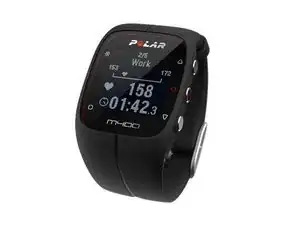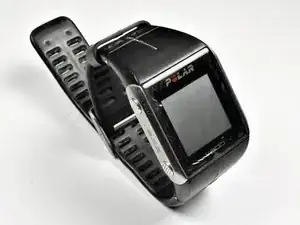Background and Identification
A smartwatch is a computerized wristwatch with functionality enhanced beyond timekeeping, often with features comparable to a PDA. It is a wrist-worn timepiece that does more than just tell the time. It has an operating system and can run apps. It may also include GPS, Bluetooth connectivity, WiFi capability, and more. Many smartwatches also include a local touchscreen interface for daily use and come with associated smartphone applications that allow the user to manage the watch. Early smartwatches could perform tasks like calculations, digital time telling, game-playing, and translations. Post-2010 smartwatches feature more functionality similar to smartphones, including mobile applications, a mobile operating system, and Bluetooth/WiFi connectivity. Some smartwatches can function as portable media players, and some have mobile cellular functionality for making calls.
Polar Electro Oy (globally known as Polar) is a Finnish company that manufactures sports training computers and is especially known for developing the first wireless heart rate monitor. Polar produces a range of heart rate monitoring devices and accessories for fitness and athletic training. The majority of Polar’s products were sold as watches, though the company also sells heart rate monitors and bicycle computers.
Although the internal hardware of a smartwatch varies, most include an electronic visual display that is either backlit LCD (liquid-crystal display) or OLED (organic light-emitting diode). Some smartwatches feature transflective or electronic paper that is designed to consume less energy. Smartwatches are typically powered by a rechargeable lithium-ion battery. Some smartwatches can include digital cameras, thermometers, accelerometers, pedometers, small speakers, heart rate monitors, altimeters, barometers, GPS receivers, compasses, and microSD cards.


